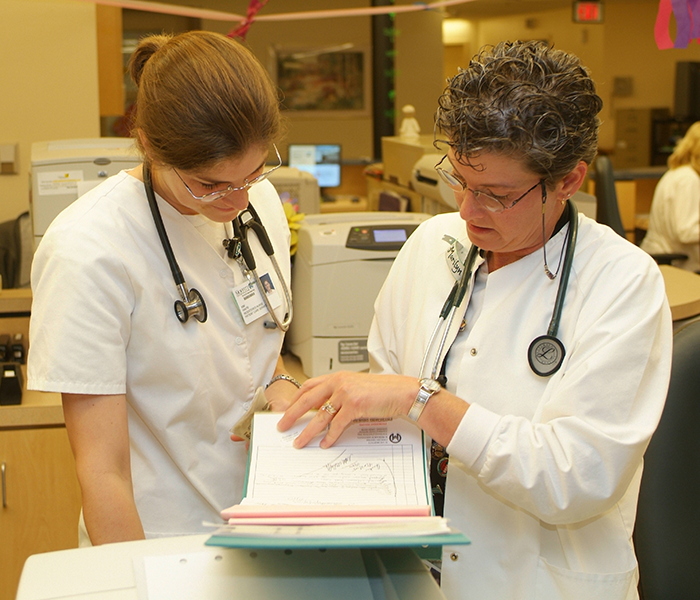On September 17, 2014, the Institute of Medicine (IOM) Committee on Approaching Death released a new report titled, "Dying in America: Improving Quality and Honoring Individual Preferences Near the End of Life." The report will certainly direct decision making in the hospice and palliative care world for years to come.
As a certified hospice and palliative care nurse, I recognize that the IOM's recommendations can be directly addressed by those in the nursing profession. I was grateful to see the joint response from three nursing organizations—the National Board for Certification of Hospice and Palliative Nurses, the Hospice and Palliative Nurses Association, and the Hospice and Palliative Nurses Foundation. The three organizations embraced the challenges presented in the IOM report and discussed how palliative nursing can address the key recommendations.
Palliative Care for People With Cancer
ONS has a new position statement on Palliative Care for People With Cancer. Check it out today!
1. Delivery of person-centered, family-oriented care: Because nurses are the constant across the lifespan and various care settings, and care coordination is a core competency for the profession, nurses are positioned to provide care that is less fragmented with smooth transitions. Palliative care nurses are able to improve quality of life and educate patients and families to provide quality care at home at a time when the demand for family caregiving is increasing.
2. Clinician-patient communication and advance care planning: Most people near the end of life are not able to make their own decisions. Thus, advance care planning and consistent and repetitive education from the healthcare team is imperative. More than 90% of all observed patient communication with the healthcare team was initiated and concluded by a nurse. Patient and family education is perhaps one of the most important parts of our job whether you are providing direct care for someone at the end of life or not.
3. Professional education and development: The IOM identified a need for more attention to palliative care in medical and nursing education. Reiterating the IOM's report on the Future of Nursing, the joint response from the three hospice nursing organizations emphasizes that to meet these demands, nurses should achieve higher levels of education and training. All nurses, regardless of practice area, need continuing education and training on palliative care.
4. Policies and payment systems: Currently, incentives exist in the fee-for-service Medicare model, which drives up the use of services. The misuse and overuse of services seriously jeopardizes patients' quality of life in the last days and months. Nurses, strong advocates for public policy, must be aware of the current barriers to a positive journey toward death. Nurses must also lobby against the current policies and regulations that limit them from practicing to the full extent of their education and practice.
5. Public education and engagement: The public requires increased knowledge about end-of-life choices. Conversations about death and dying must be normalized to facilitate productive discussions. Because nurses are consistently the most trusted profession, and because they have a long history of advocating for the seriously ill and dying, they are appropriately positioned to engage the public and clarify misunderstandings about end of life choices.
Perhaps one of the most important points of the response was that the need for palliative care is not just for the dying but also for anyone with a serious illness, whether or not it is terminal. Oncology nurses, and nurses in all fields of practice, must reiterate this point again and again until it is accepted by all disciplines and patients throughout the country.






